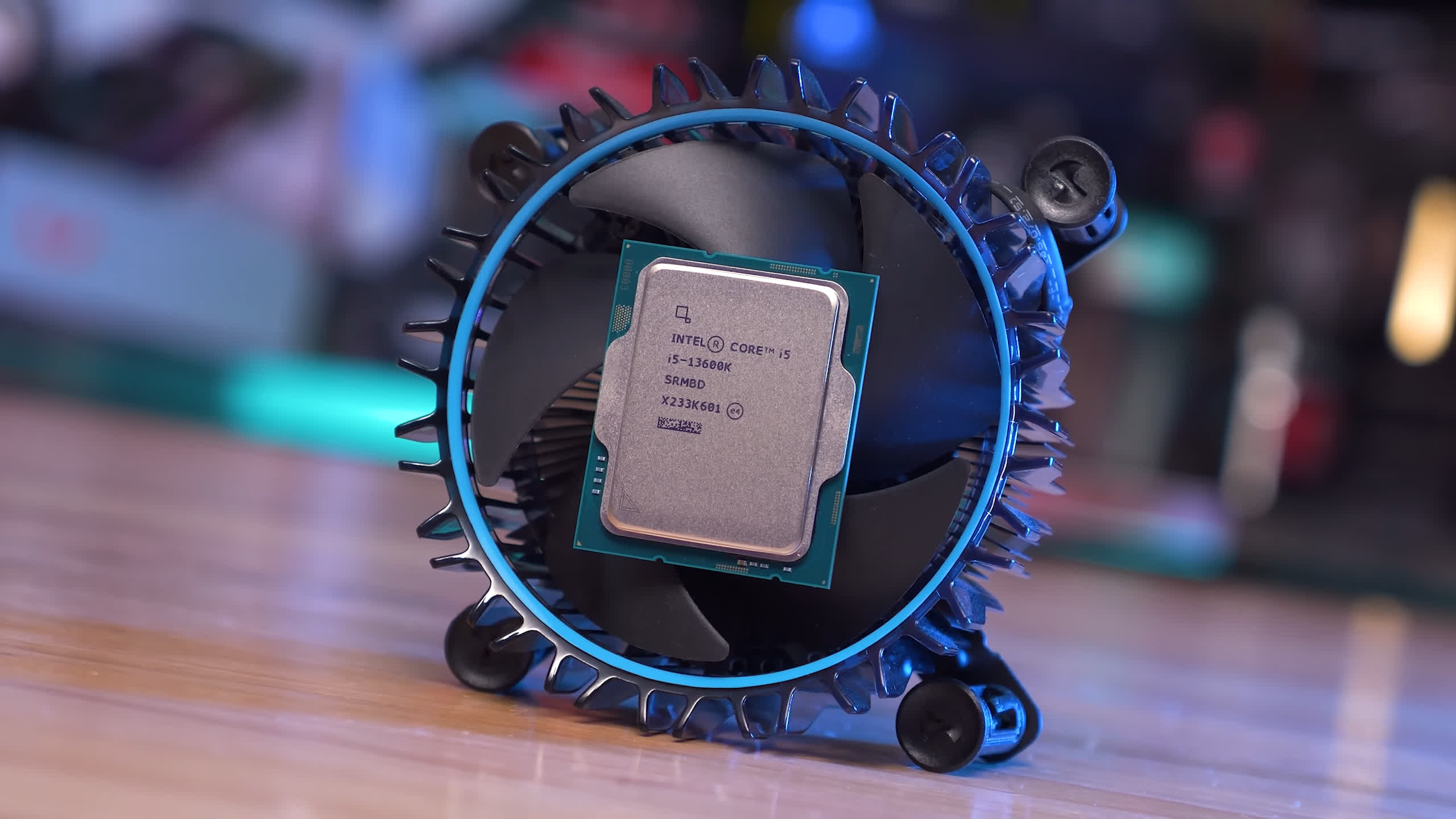Something to look forward to: Intel will likely unveil its non-K desktop Raptor Lake lineup early next year at CES. The company might also announce new chipsets at the same event, including H770, B760, and H710, and some of its Raptor Lake mobile parts.
Microsoft recently added Intel's entire 13th-gen Core desktop processor lineup to its Windows 11 compatibility list, including unannounced models. As you might know, Team Blue released its Raptor Lake "K" chips last week but hasn't said anything about its upcoming lower-end CPUs yet.
First, let's quickly recap what the different suffixes on Intel Core processors mean. K-series CPUs are popular with enthusiasts as they have an unlocked multiplier, allowing them to be (more easily) overclocked. Chips ending in an F ship with the integrated graphics disabled, usually due to a manufacturing defect and thus are a bit cheaper than their non-F variants. Finally, T-series processors are underclocked out of the factory, lowering their cooling and power requirements, with Raptor Lake parts limited to 35W.
Microsoft's list only confirmed the names of Intel's upcoming CPUs, but an older leak from Gigabyte also revealed their specs including clock speeds, TDPs, L3 cache sizes, and even what die each model will use. Unfortunately, core counts are still a mystery at this time.
CPU Support
--- 188号 (@momomo_us) October 14, 2022
Socket 1700 pic.twitter.com/E4nnTvsoaQ
The non-K Core i9 and i7 models will use the same die and feature identical L3 cache capacities as their unlocked counterparts, meaning they will likely also mirror their core counts. Just like their Alder Lake predecessors, the main difference will be the lower maximum frequencies and reduced TDPs.
Moving on to the mid-range parts, the Core i5-13600(T) and i5-13500(T) feature the same L3 cache size as the unlocked Core i5-13600K. However, they will reportedly utilize the Alder Lake C0 die, meaning they won't benefit from Raptor Lake's architectural improvements.
Interestingly, Intel's Core i5-13400(F) processors will make use of Alder Lake C0 and new Raptor Lake B0 dies, with the latter likely having many features disabled to reach performance parity. This approach allows the company to use very defective B0 dies instead of scrapping them entirely.
Lastly, the Core i3-13100 series will use the same Alder Lake H0 die as their Alder Lake predecessors and will also feature the same 12MB of L3 cache.
